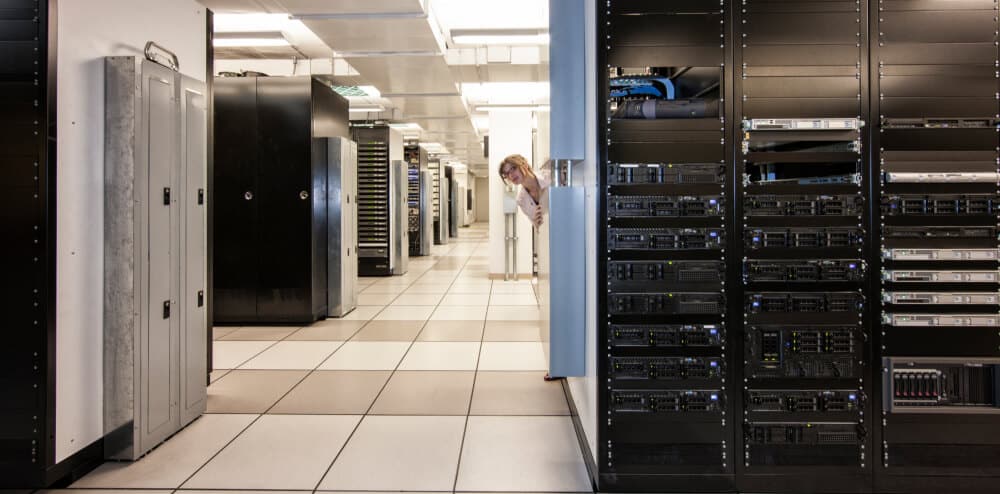Content Management System is a software application that helps in creating, editing, modifying, organizing and publishing the digital content. Content management system can be used for Enterprise Content Management (ECM) and Web Content Management (WCM). ECM integrates document management, digital asset management and record retention to support multiple users in a collaborative environment. WCM collaborates authoring for websites and may include text and embed graphics, photos, maps, audio, video and programme code that show content to the user and provide interactive platform.
A typical Content Management System has two major components:
Content Management Application: It is the front-end user interface that allows the user to add, modify and remove content from his own website. The content writer need not have the knowledge of a website development or coding or the help of a webmaster.
Content Delivery Application: It compiles the content and updates the website with the new or modified content whenever changes are made.
Most Content Management Systems have features that include:
Indexing: All data is indexed by the search and retrieval features of the CMS so that it can be accessed easily through search functions by the visitor. It also stores data in such a way that users can search by attributes such as keywords, author names or publication dates.
Format management: This feature enables scanned paper documents and legacy electronic documents to be converted into HTML or PDF documents.
Revision control: Revision features allow editing or updating an already published content. It also tracks changes made to files by individuals.
Publishing: Individuals can use a template or a set of tools approved by the organization like templates, wizards, etc to create or modify content.
A CMS can also facilitate one-to-one marketing, the ability of the website to customize its content and advertising to a user’s specific characteristics. The user specific information is obtained from the user or gathered by the website based on the search queries.
Some CMSs may have additional features like:
SEO-friendly URLs
Group-based permission systems
Full template support and customisable templates
Integrated and online help like discussion boards
Integrated file managers
Admin panel with support in multiple languages
Content hierarchy with unlimited depth and size
Integrated audit logs
Easy wizard-based install and versioning procedures
Minimal server requirements
Digital Asset Management System (DAMS) is another type of CMS. Content with clearly defined ownerships such as documents, movies, pictures, phone numbers and scientific data are all managed by DAMS.
Component Content Management System manages content at a modular level rather than as pages or articles.
CMS is generally used to build websites and for promoting businesses. Companies also use CMS to store, control, revise and publish documentation. In technical communication, where many publications reuse the same content, CMS provides an easier platform for sharing of files.
While choosing the right type of CMS for building your website a few basic factors must be considered. One should opt for easy-to-use interface and intelligent search capabilities. The size and the geographic location of the organization has to be considered since factors such as the number of people using the application, requirement of Multilanguage support and size of support team to maintain operations influence CMS.
The level of control of administrators and end users and the diversity of the electronic data forms used are also to be considered while choosing the right CMS.












